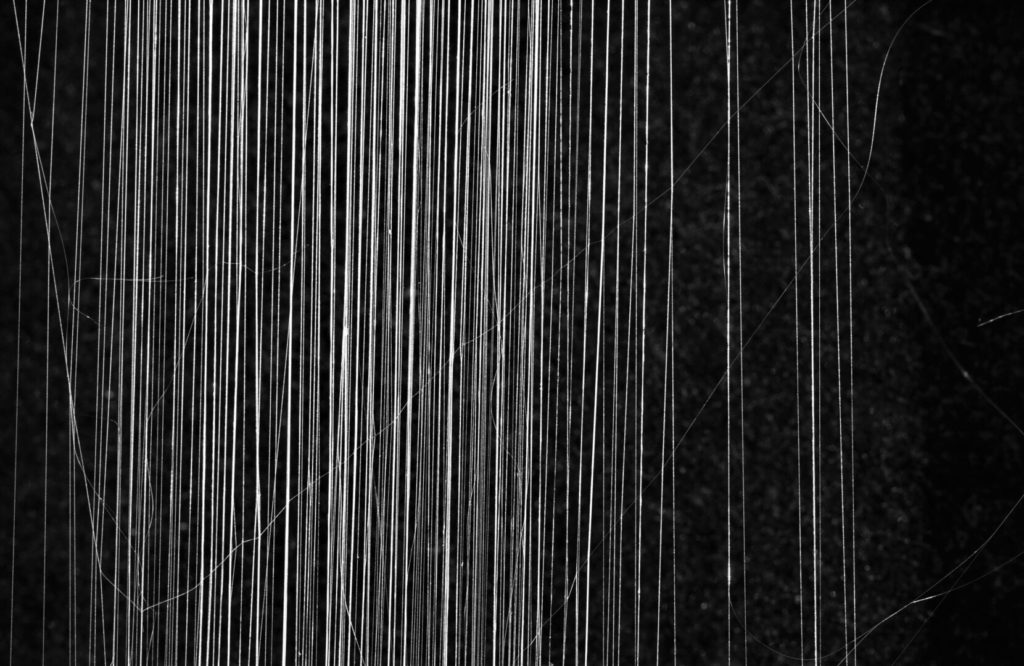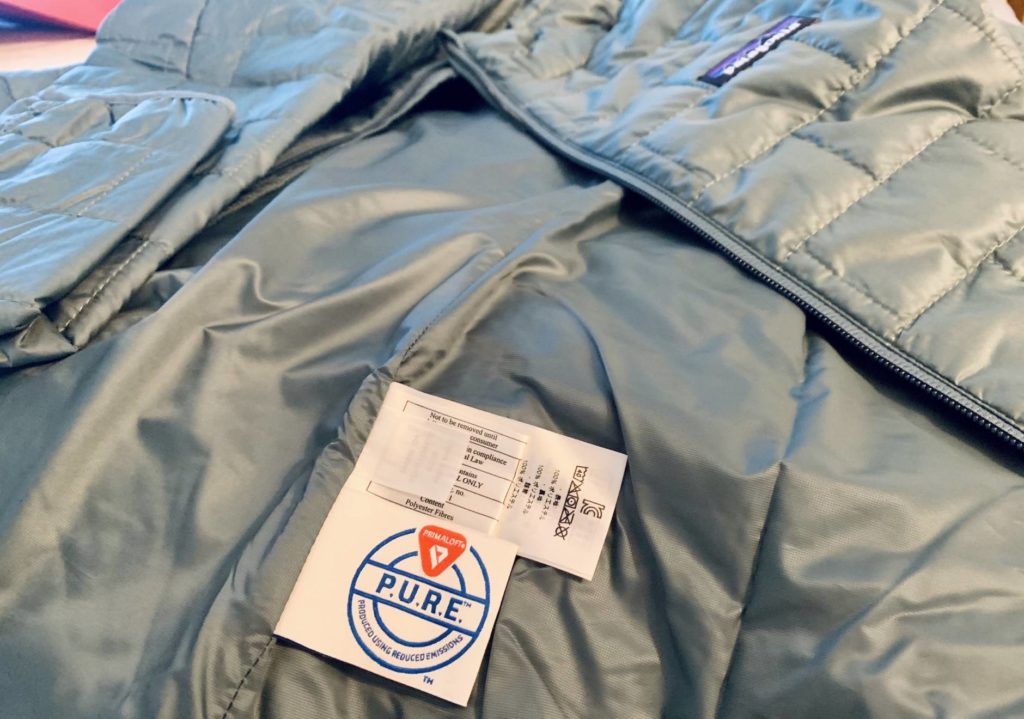Textile EPMs and evolving fluorocarbon regulations
October 25th, 2021
Regulatory changes are ahead that could affect some textile end product manufacturers, particularly those who switched to shorter-chain C6 chemistries. by Pamela Mills-Senn Keeping abreast of regulations restricting the use of, or banning altogether, of certain chemicals considered carcinogenic can prove challenging for textile end product manufacturers, who are often several steps up the supply […]
Flexible photovoltaics
October 25th, 2021
Graphene is being used in new flexible photovoltaic technologies. President Biden’s climate agenda includes support for solar energy. by Seshadri Ramkumar The climate change issue is front and center on today’s political stage. The massive budget bill proposed by President Biden includes a climate agenda, which has also thrown a spotlight on the subject. In […]
Artificial spider silk could be scaled up for industrial use
October 25th, 2021
Spider silk fibers were developed by Anna Rising's research group at the Karolinska Institutet. Photo: Benjamin Schmuck Spider silk is one of the strongest materials available and researchers have long tried to develop artificial spider silk, in particular for medical and industrial use. In a study published in Materials Today, researchers at the Karolinska Institutet and […]
PrimaLoft® develops new manufacturing platform
October 25th, 2021
Patagonia is one of the global brands that will use PrimaLoft’s new insulation that’s produced with fewer carbon emissions. Photo: Primaloft. For decades, insulation manufacturing methods have relied on fossil fuels like coal and natural gas. These industrial processes, widely used by manufacturers across the globe, are leading contributors of greenhouse gas emissions. In response, […]
Five universities team up to design futuristic materials
October 25th, 2021
Megan Valentine, a professor of mechanical engineering and co-director of the California NanoSystems Institute at the University of California Santa Barbara (UCSB), has been awarded a $1.8 million collaborative grant by the National Science Foundation to design and create next-generation materials inspired and empowered by biological cells. Valentine will be working alongside a team of physicists, […]
Providing your own power
October 11th, 2021
New energy harvesting technologies show promise for successful commercialization. Biofuel cells that can harvest energy from sweat are in a wearable microgrid developed at the Center for Wearable Sensors, UC San Diego. Photo: Lu Yin. by Marie O’Mahony, Ph.D. Power and efficiency are not the only drivers of energy harvesting technology for e-textiles. Bulk, weight, flexibility, […]
Using what’s available
October 11th, 2021
By Janet Preus Scientists know that the body generates a lot of energy, and if that energy could be harvested efficiently, a person could conceivably provide the energy needed to power devices he or she is carrying. For workers in the field, warfighters, athletes, people with medical conditions and others, this kind of technology could […]
A new class of human-powered bioelectronics
October 11th, 2021
Researchers at UCLA have created a new bioelectric device that relies on magnetism. Photo: University of California Los Angeles. A team of bioengineers at the UCLA Samueli School of Engineering has invented a novel, soft and flexible, self-powered bioelectronic device. The technology converts human body motions, from bending an elbow to subtle movements such as a pulse […]
New, eco-friendly dying process for jeans developed
October 11th, 2021
A sample of denim that was dyed using a new, more environmentally friendly technique. Photo: University of Georgia. As much as consumers love blue jeans, few may realize their favorite casual clothes are not environmentally friendly to manufacture. Specifically, the process by which they're dyed is the problem. A new coloration technique, however, has been […]
Heart monitoring shirt made with flexible carbon nanotube fibers
October 11th, 2021
A newly developed conductive thread can be sewn into fabrics with a regular sewing machine. Photo: Jeff Fitlow/Rice University. Researchers at Brown School of Engineering at Rice University, Houston, Texas, have successfully woven flexible carbon nanotube fibers into clothing for accurate and more comfortable heart monitoring. The lab of chemical and biomolecular engineer Matteo Pasquali reported in the […]
 TEXTILES.ORG
TEXTILES.ORG







